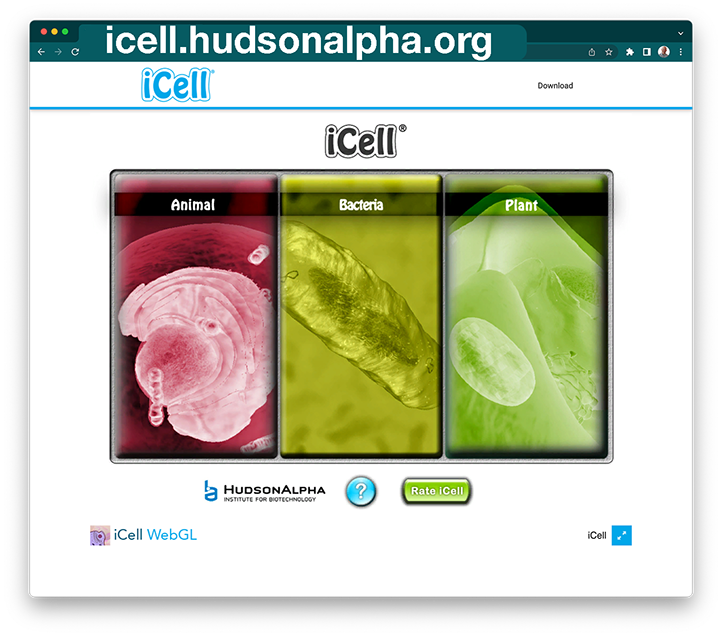SciGen Teacher Dashboard
Unit L7
Seeing Inside Cells
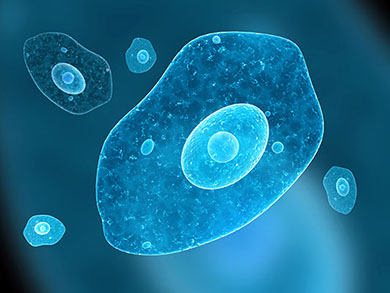 Lesson: Comparing Cells
Lesson: Comparing Cells
Duration: Approximately 90 minutes
Compare and contrast plant, animal, yeast, and bacteria cells, then dive into models of cells to discover how their parts function together as a whole cell system.
LEARNING OBJECTIVE
Students compare and contrast plant, animal, and yeast cells and explore models of cells to discover how their parts function together as a whole cell system.
Teacher Tips
- While the model doesn't use audio, some teachers find that using headphones helps students concentrate while interacting with computers.
Materials (one per student or group)
- electronic device (such as computer, laptop, tablet) to use the interactive elements as individual students or in groups of 2–4
Teacher Tune-ups
Teaching Notes
ACTIVITY OVERVIEW
- Set the context for the activity (5 minutes)
- Compare four kinds of cells: animal, plant, bacteria, yeast (20 minutes)
- Explore 3D animal, plant, and bacteria cell models (10 minutes)
- Form Follows Function: compare cells within organisms (15 minutes)
- Review the activity (10 minutes)
- Optional assessment (15 minutes)
Set the context for the activity (5 minutes)
Ask:
What do you think cells are made of?*
What do you think cells need to stay alive?*
What are cells?
Where do you find cells?
How big or small are cells?
Note: Starred (*) questions developed by SCALE / SFUSD
Consider doing this prompt activity as a pair/share: have the students discuss these questions with a partner and then share some of the answers that came up in a class discussion.
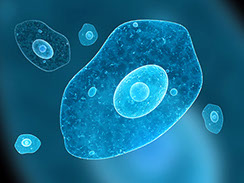 What do you think cells are made of?
What do you think cells are made of?
What do you think cells need to stay alive?
What are cells?
Where do you find cells?
How big or small are cells?
Compare four kinds of cells: animal, plant, bacteria, yeast (20 minutes)
Students use the interactive diagram to see similarities and differences between four kinds of cells: animal, plant, bacteria, yeast. Unlike other diagrams that label cells with pointers and introduce one kind of cell at a time, this interactive diagram uses color change in the slightly animated diagrams to show which types of cells typically have which organelle.
Why are the cells jittery? Often, cells are shown as static blobs. The light animation serves as a reminder that cells are always moving and changing.
Use one of the worksheets for students to make their observations:
a chart to track which cells typically have which kinds of parts:
diagrams to label:
Consider having students use different colored pencils or pens to show differences between the cells (for example, labeling animal organelles in brown and plant organelles in green, bacteria in red, and yeast in purple).
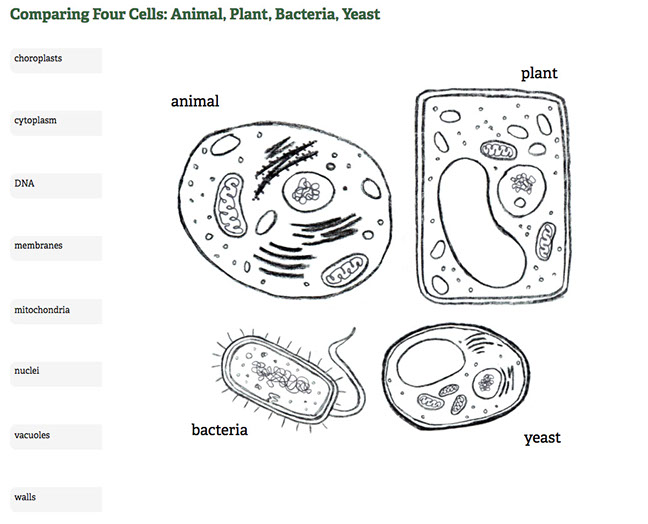
Explore 3D animal, plant, and bacteria cell models (20 minutes)
Have students explore three-dimensional models of plant and animal cells.
One great, free resource to use to compare plant and animal cells is HudsonAlpha iCell®. From their website:
"Some things are very difficult to visualize from the flat pages of a book. Among them is one of life’s basic building blocks: the cell. iCell® is an interactive simulation that allows students and teachers to explore the inner workings of a typical animal, plant or bacterial cell. iCell® offers a 3-D representation of cellular components, giving students a context for learning fundamental cell structure and function."
It shows three kinds of cells: animal, bacteria, and plant. Unfortunately, it does not include a yeast cell, and you will need to clarify with your students that yeast is a fungus, not a bacteria.
Students can use iCell® to learn the names and functions of the structural parts of three kinds of cells.
Consider splitting the class into groups and assigning a type of cell to each group that they can research. After gathering info on their type of cell, students return to the main group to share out what they have learned.
Form Follows Function: compare cells within organisms (15 minutes)
The model cells that we look at as example "animal cells" and "plant cells" may not resemble any particular cell you would see in the real world. They show elements that are shared in common with many cells, but not all.
In this part of the activity, students look at how different kinds of cells within one organism can look very different from one another. Students sort seven human cells by carefully reading the descriptions of their form and function, then seven plant cells.
Human red blood cells have no nucleus and therefore no DNA. Are they still animal cells if they lack a nucleus? Of course! We often think of chloroplasts as the distinct feature of plant cells. But cells within the underground part of the plant — like those in the roots —have no need of chloroplasts since they can't use the sun's energy, living as they do in darkness.
Fun fact: In the book Jurassic Park, one of the research scientists observes that a small amount of dinosaur blood contained in the amber-entombed mosquito would in fact contain plenty of DNA because modern birds — who are the modern-day descendants of dinosaurs — have nucleated red blood cells. That is, they have DNA in their red blood cells, unlike mammals.
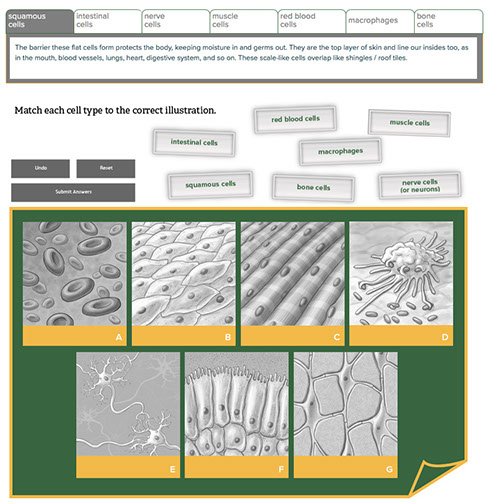
Review the activity (10 minutes)
Wrap Up
Consider this statement: “A single yeast cell and a whole human being are both considered organisms. So a single human cell--like a muscle cell or brain cell--is an organism too."
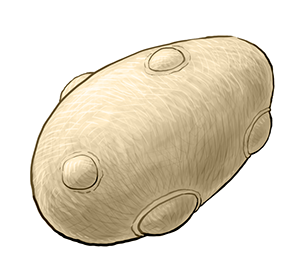
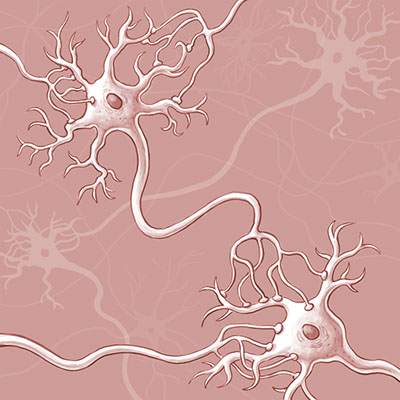
Turn and Talk
Is the statement true? Why or why not?
When finished with the activity, ask students to consider this question.
Encourage students to critique, correct, and clarify why this statement is incorrect.
Sample response:
Organisms are (or were at some point) alive which means they...
- store and pass on operating instructions;
- get energy;
- obtain building materials; and
- dispose of waste.
A single yeast cell can do all of the above things but a muscle cell--all by itself--can not. It needs all the other types of human cells around it to work together in order to function.
Note: This question and its intended response developed by SCALE / SFUSD.
Optional assessment (15 minutes)
Check for Comprehension
The cell ______ protects the inside of the cell from the outside. It lets some materials such as ______ into the cell, and it prevents other materials from getting into the cell.
The ____ in the center of the cell contains ___ which controls the cell like a brain.
Animal cells and plant cells both have ____, ____, ____, ____, and _____.
Plant cells have ____, ____, and ____, while animal cells do not.
Because plants sometimes have to go several days without water, they have much larger ____ where they store water in case they need it.
Have students use the notes they've taken to complete the cloze text. A cloze text is an incomplete text missing words that the students find within the interactive diagrams.
This incomplete text is a Reading to Learn Science strategy within DARTS (Directed Activities Related to Text), a reading strategy designed to support reflective reading. Reflective reading (as opposed to merely receptive reading) happens when a reader breaks and re-reads challenging phrases and passages, really working at understanding. Reading with a specific purpose in mind and sharing ideas in small groups can help support reflective reading. There are two broad categories of DARTs (reconstruction and analysis). This comprehension text is an example of a "Reconstruction DART (with modified texts)." For more about DARTS and other Reading to Learn Science techniques, see serpmedia.org/rtls/darts.html.
BETA Version - Please send comments and corrections to info@serpinstitute.org
